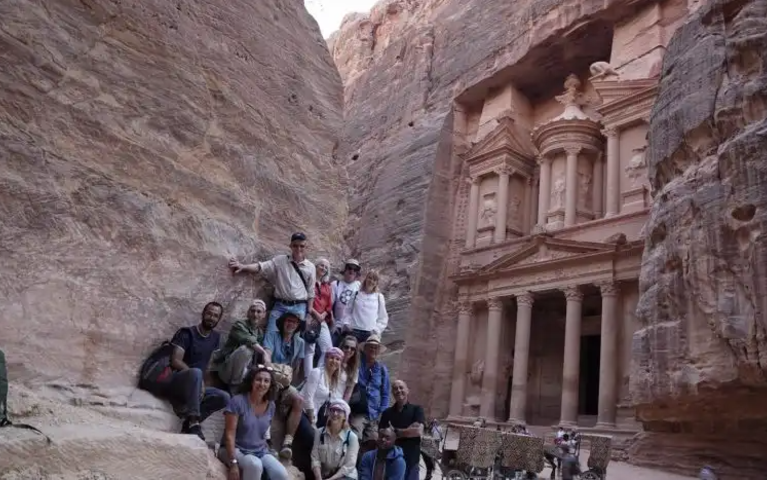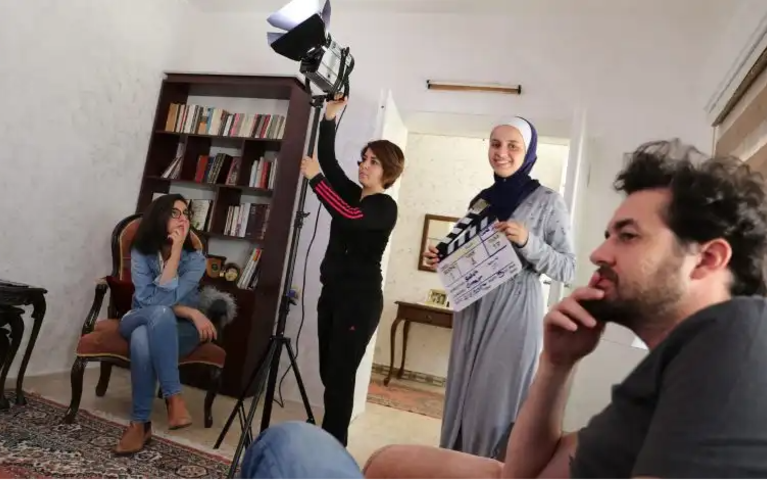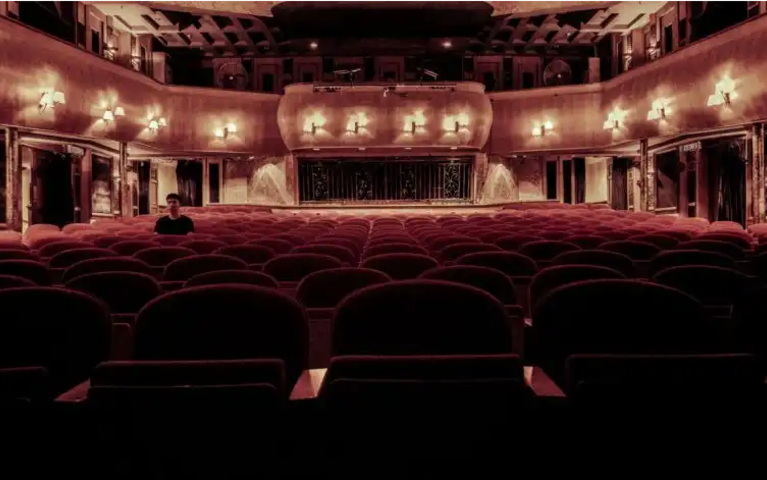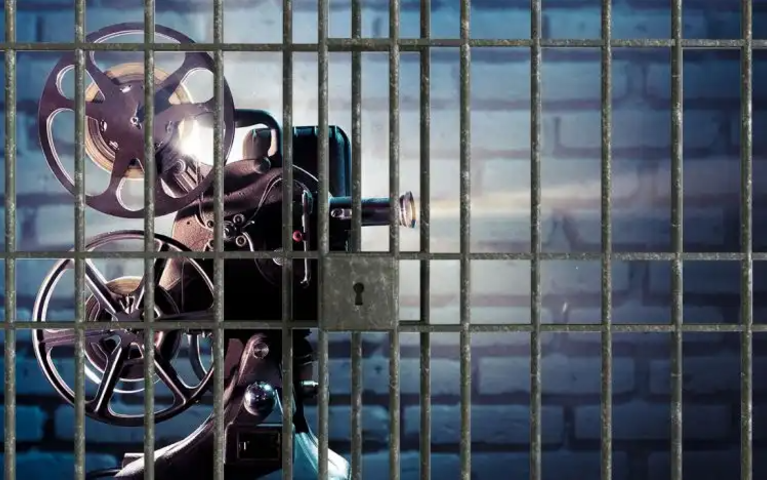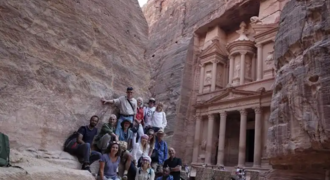Music & Film: How did it begin and develop
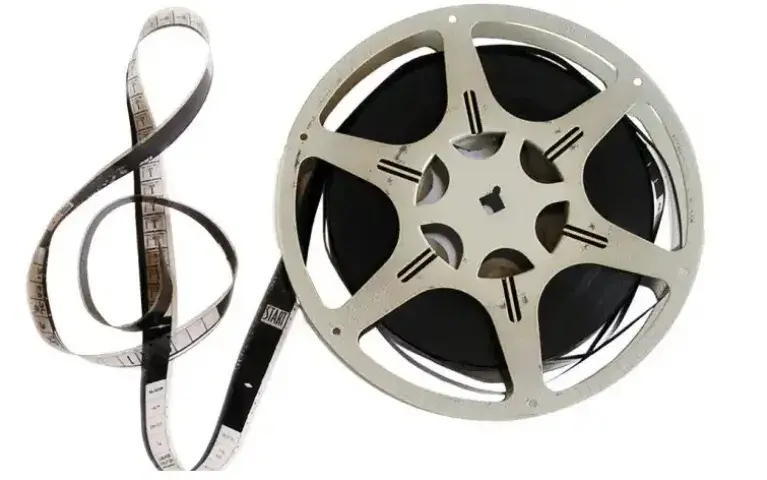
Whenever I’m asked about film scores, I start saying: “What exactly do you want to know?”. I can talk for hours and days about it and still feel that I missed so much. I will try therefore to suppress that urge and narrow it down to a short brief: Where did it all begin? And how did film scores develop?
It all begins with the story…
Our lives are stories which we live, and this is why stories are essential to our existence. We all tell and listen to stories; some make us laugh, others make us cry; some change our lives and hence we carry them until we die.
We are all in one way or another storytellers. There is not a single day in which we don’t tell stories, or even make them up. Since the beginning of times, people valued those storytellers, and after they passed away their stories continue to live until today.
Stories developed in form and content. No one really knows when music became a supporting element to the art of storytelling. A narrator may provoke the audience with the tone of his/her voice, but a violin playing along the story of two lovers drifting apart, or a happy piano arpeggio following the steps of a boy running to meet his father, or drums rumbling as the troops shake the earth approaching the battlefield will definitely cut deeper and emotions will sink in stronger.
The early motion pictures
Synchronized sound wasn’t available until the late 1920’s. Until then, the audience enjoyed watching films despite the projector’s loud noise in the background. But it wasn’t long until music came into the picture. At the beginning, a pianist would improvise with the film or an ensemble would play classical standards. These performers played along with every single screening and hence perfecting the score, day after day. Each venue played a different score and the filmmakers didn’t have any control.
As the business of film grew bigger, big venues with large screens had music sheets sent out with film reels. The size of the venue determined the size of the band, which would range from a solo instrument (usually a piano) to a 40-instrument orchestra.
Talkies
In 1927, “The Jazz Singer” was the first film to feature speech and song sequences. This new technology changed the whole art of filmmaking, allowing directors to control the scores and subsequently the way stories reach the audience. Even though synchronized dialogue was possible at that point, music was still largely a dominant element of the soundtrack.
At the beginning, Jazz and classical standards were used. But very soon, filmmakers demanded original music to be composed for their stories. In 1933, “King Kong” became famous for featuring a complete original score specifically composed for the film. For “City Lights” in 1931, Charlie Chaplin chose to use the new technology, composing a very rich soundtrack with sound effects and music. “City Lights” was a huge success and the amazing score highly contributed to it.
Music in films today
Technology developed rapidly allowing filmmakers to design very complex soundtracks, in which music has become as important as dialogue, sound effects or ambiance.
Soundtracks are becoming crowded with layers and layers of elements, all competing in the mixing stage in an attempt to tell the story in the best possible way. There are many schools and different views on how a soundtrack is to be mixed, but the story is always the tie breaker. In some films, the music is loud and rich, almost burying everything else; in others, the music is felt rather than heard. There is no right or wrong approach as long as it serves the story. Because, as we should always remember, it all began with the story.

